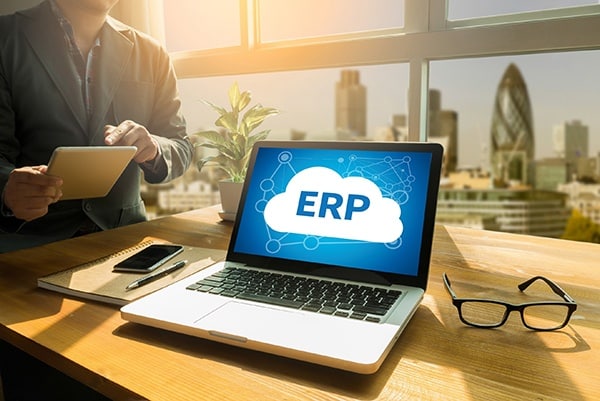publish
There has been plenty written about ERP failures. Gartner and Forester among others have specific articles and reports about the main issues that lead to ERP failures within an organization. So what can you and your company do to address these issues and avoid the common mistakes that derail many ERP implementations?
Most issues center round resources and studies have shown as high as 87% of ERP failures are a result of user adoption issues. It is important to look at these risks and understand the effect over the 4 pillars of transformation: people, processes, performance, & technology. MCA Connect purposely leads with the “people” pillar when discussing change as it affects all the following pillars and is certainly the main issue to address. In a way, it all starts and ends with the people involved in the process.
So what are the main areas that cause problems on large ERP projects?
Gartner’s report groups the failures under 6 topics:
- Inadequate or Poor Scoping of ERP
- Lack of Executive Management Commitment
- Insufficient or Inadequate Budgeting
- Inadequate Change Management and Training
- Inexperienced Project Management and Project Team
- Extensive Modifications
These are all good areas to look at and examine in detail so you can proactively address the areas of concern for your company and project. Some of these items like insufficient budgeting are easier to address than others but just because you are aware that these problems exist, does not mean you will avoid falling into the pitfalls like ending up with extensive modifications, deep into the implementation…so what can you do?
We have found that during an implementation, too many times these types of risks are addressed too late or without a detailed plan of how to resolve each risk. Sometimes risks are addressed up front but as the project moves along, they are forgotten or take a back seat to immediate project tasks at hand, like design, conversion and/or development. There is simply not enough focus on avoiding risk and what the measurable expected outcome of a successful Dynamics 365 Implementation means for your company.
Without that guidance and the core team understanding the end goal, detailed decisions happen in the equivalent of a vacuum with little consideration of the big picture goals for implementing the ERP system in the first place. This causes many avoidable risks and problems on a project at a detailed level as people on the project don’t necessarily understand the various project goals and priority of those goals. Doing a risk assessment is a good step in the right direction for a business transformation but after this is completed, what happens?
Ideally, the risk avoidance plan is a part of the regular status update, with clear channel to the steering committee. This should be a standard part of the project status and reported on an on-going basis (at least monthly). Half the battle is simply making sure you keep abreast of these items and have a date and plan of action to resolve any risks. Risks don’t happen once or only at the beginning of a project, they happen throughout a project and need constant attention and management to keep them under control.
For anyone interested in avoiding the ERP risks and how to integrate a risk mitigation plan into your current ERP project, please contact us and ask to speak to the Business Transformation practice area. MCA Connect has developed a risk matrix with 38 issues that need to be addressed for a successful ERP project and a process forward to manage risk. Use our cliff notes and take advantage of our capabilities experience to accelerate your ability to mitigate risk on your project.
Author: Howard Hohnadel
Director of Strategic Services, MCA Connect


